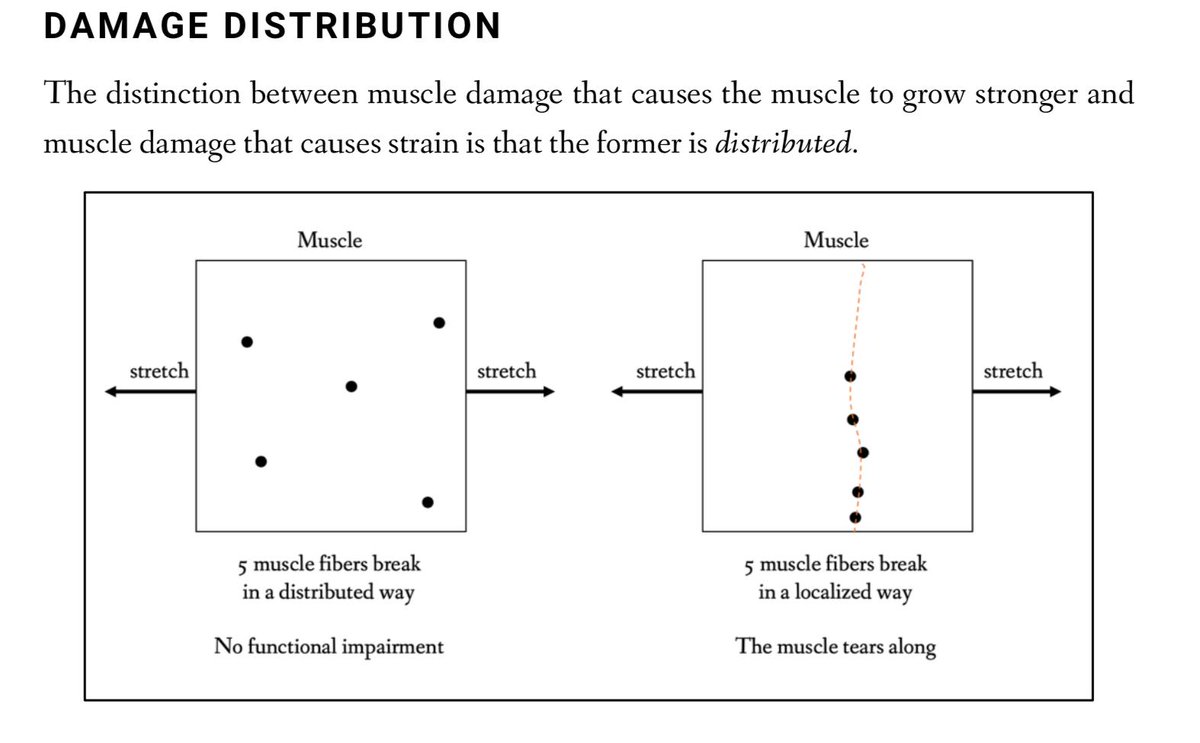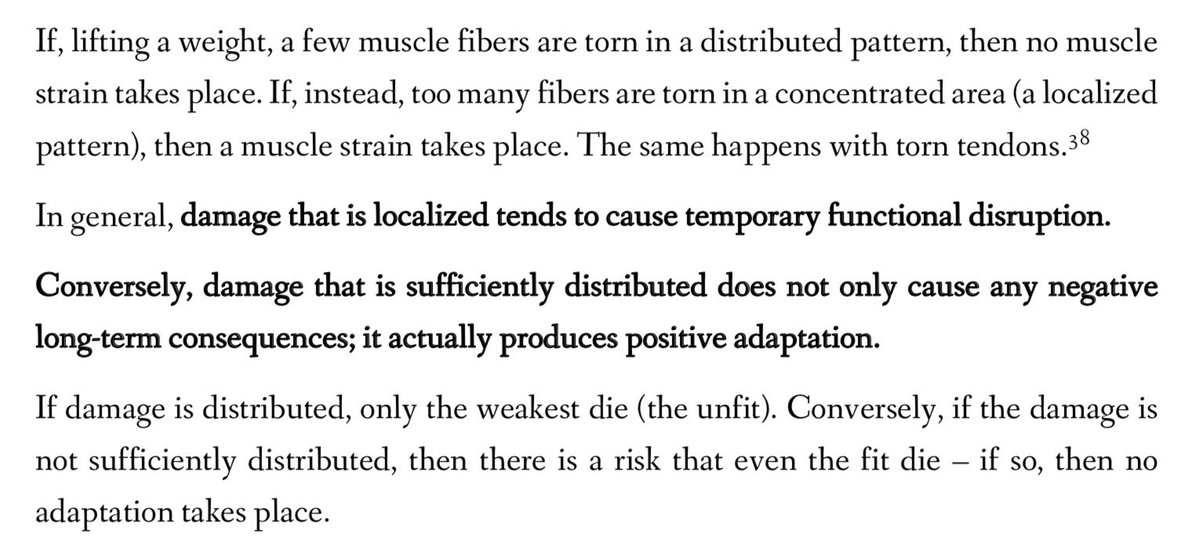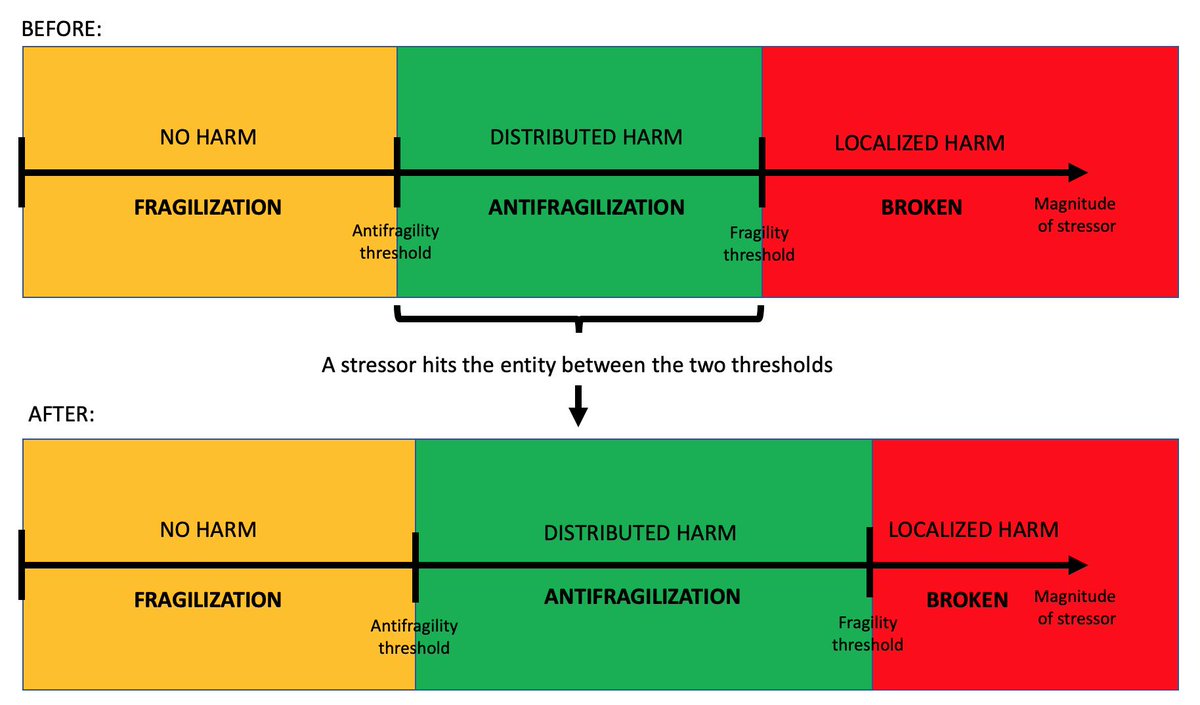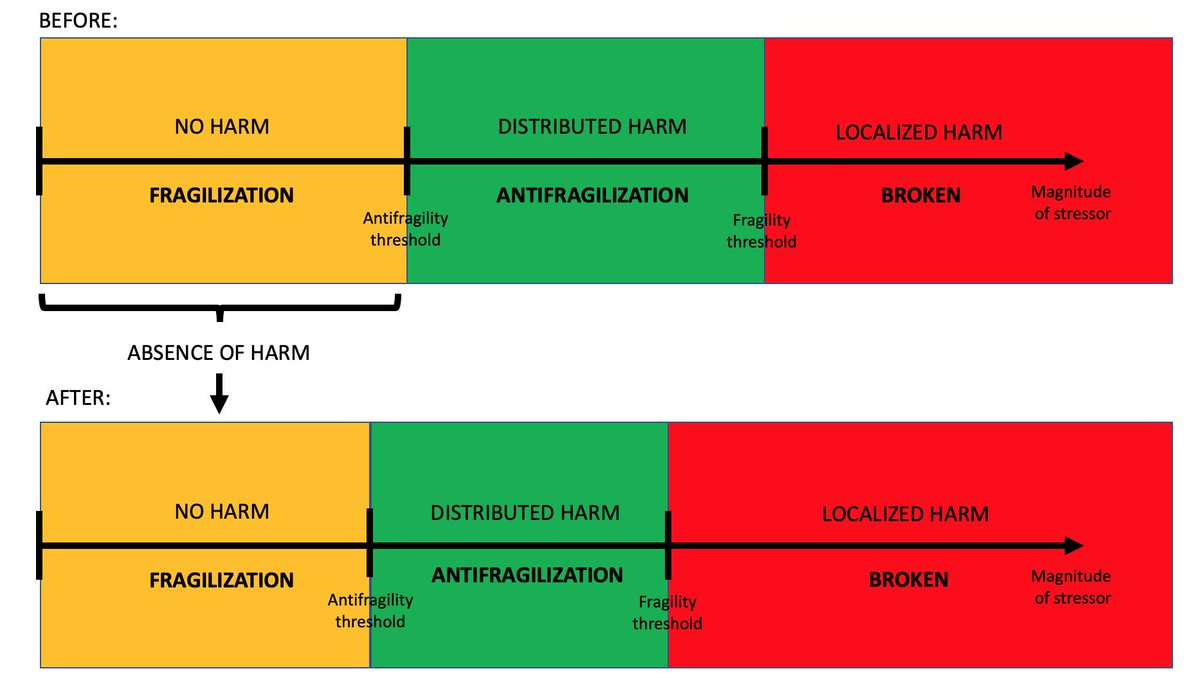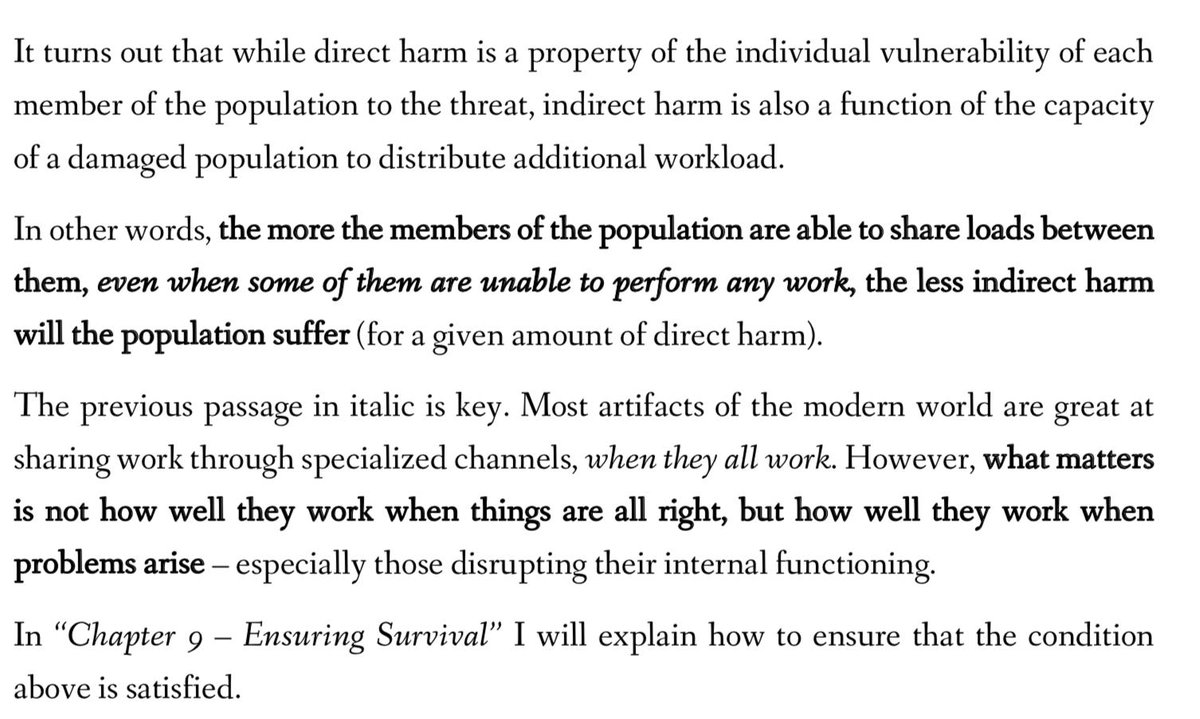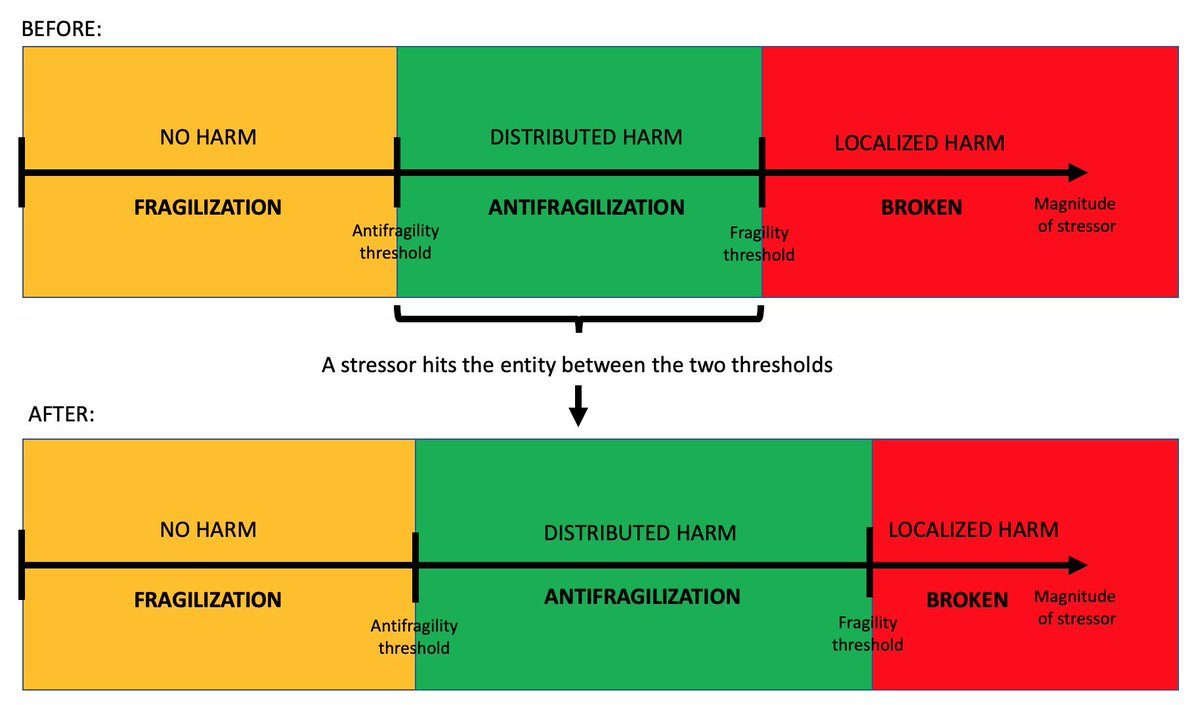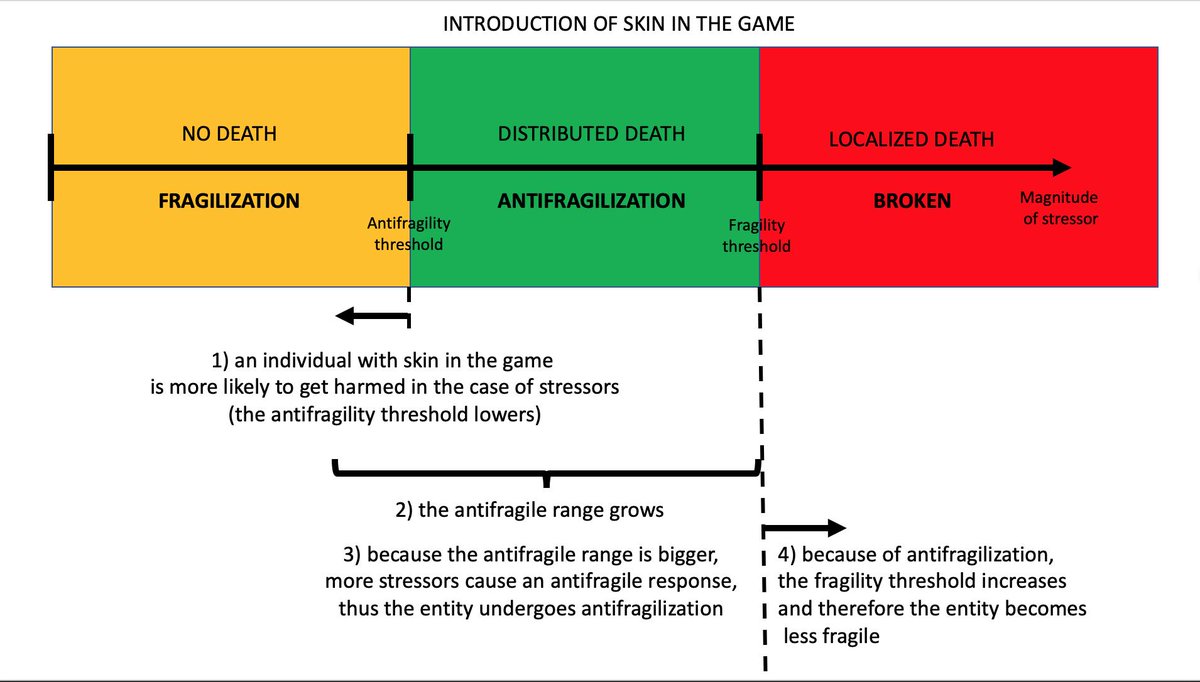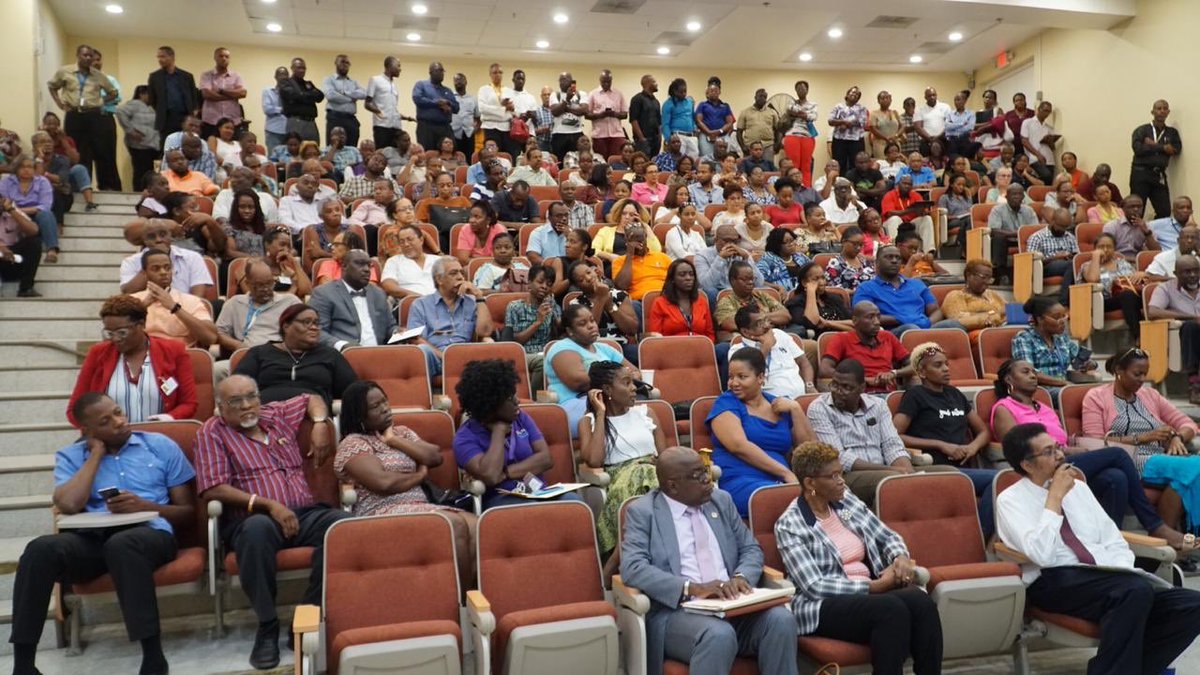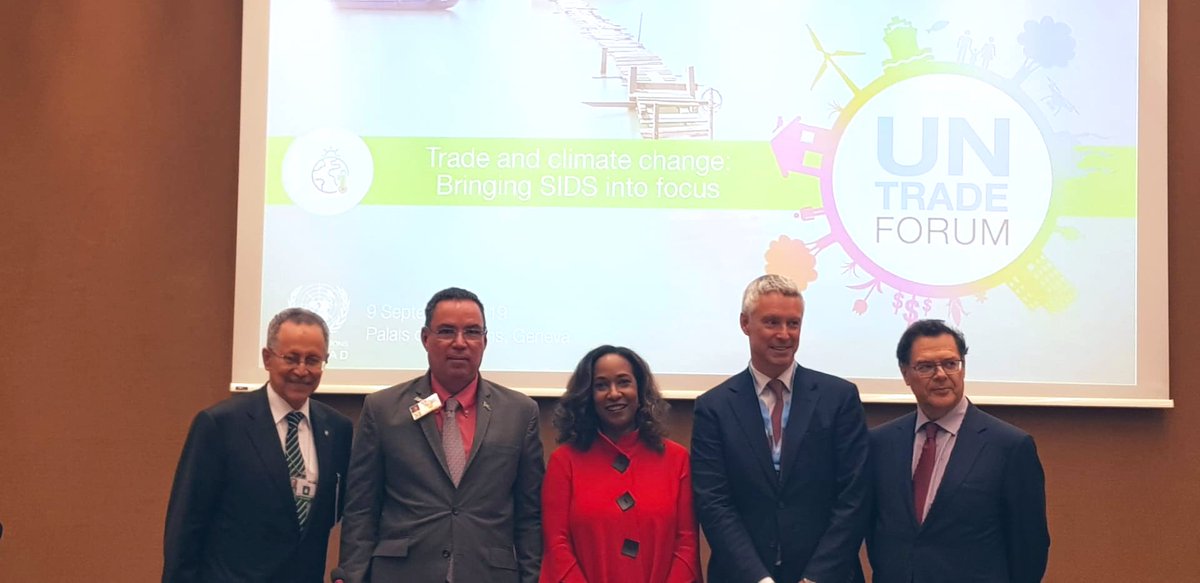(thread)
Where does the ability of the antifragile to benefit from volatility come from?
Can this ability be increased?
What policies increase it, and which decrease it?
1/N
- it comprises sub-entities (eg people are made of cells, populations of people, etc)
- the sub-entities can break in a distributed fashion
- the entity can regrow the broken entities
Let's see each point in detail.
E.g. an athlete tearing some muscle fibers without tearing the whole muscle grows stronger.
The monolithic lacks the ability to break in a distributed way and therefore lacks antifragility
As, sooner or later, a stressor will hit everyone,
The monolithic always has an expiration date
(I use here the mechanical meaning for "stress")
The weaker, the less antifragile.
@DrCirillo's Fence Paradox is an example of an exogenous barrier reducing Skin In The Game, ultimately leading to increased fragility.
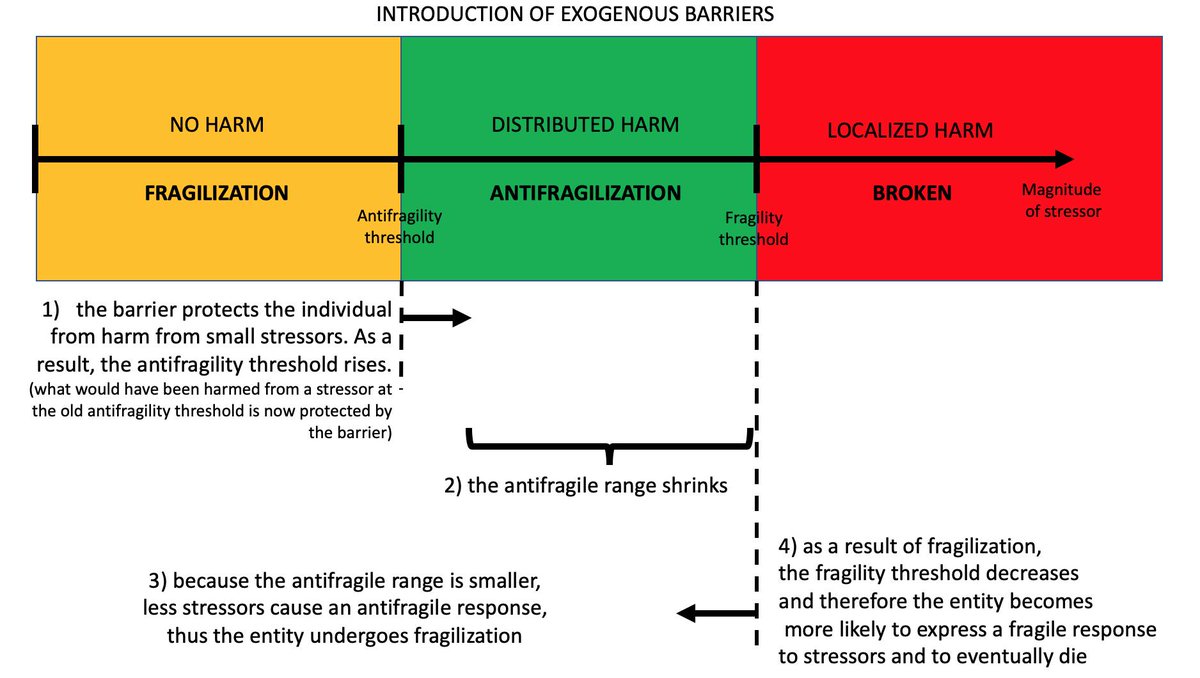
(Excerpt from my book "The Power of Adaptation", gum.co/powerofa)
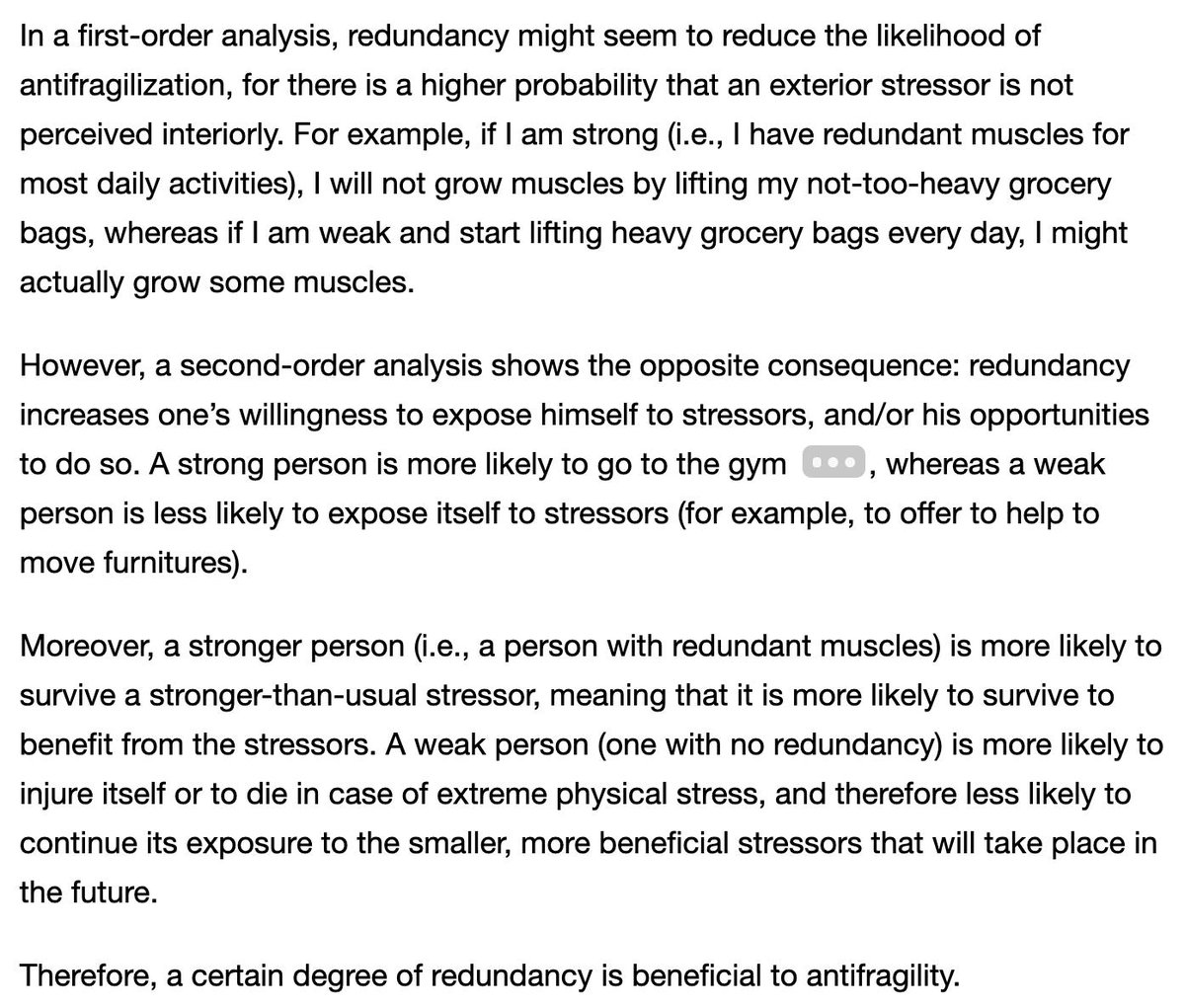
an antifragile entity which, for a long period, does not receive any stressors above the antifragility threshold undergoes fragilization (it weakens and becomes more likely to break in the future).
It adapts to the lack of stressors.
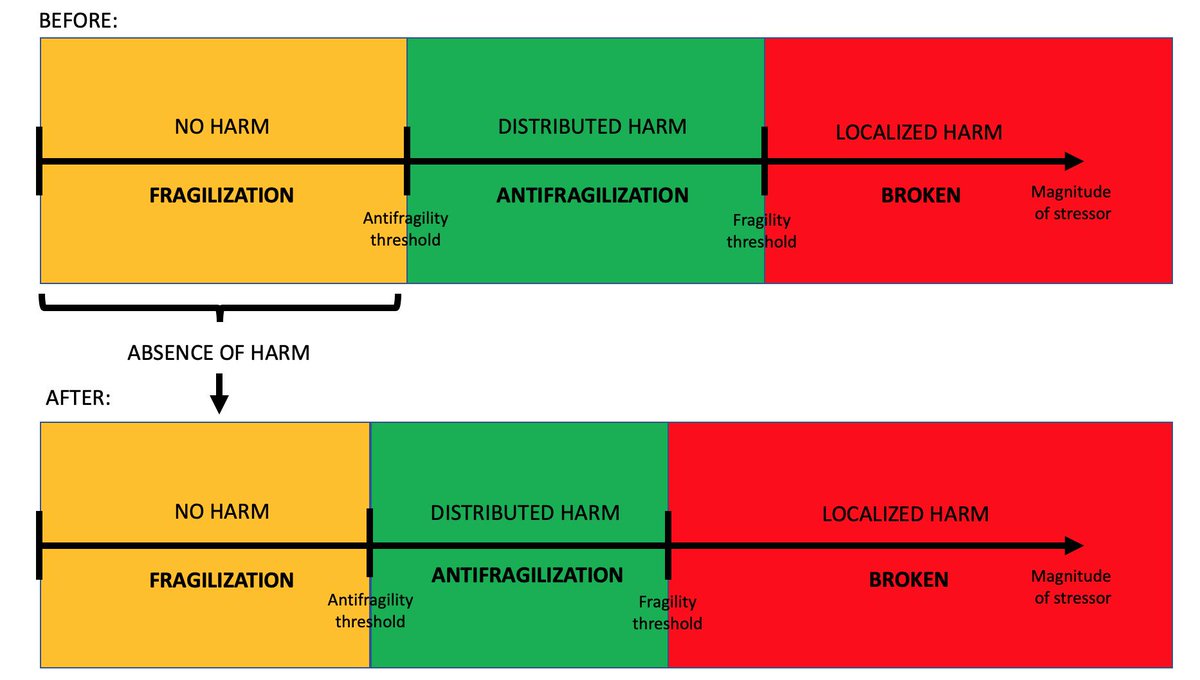
- harm to the top is necessarily localized -> creates indirect damage to the bottom
- mistakes made by the top propagate to the bottom
Both the above increase risk of systemic damage.

